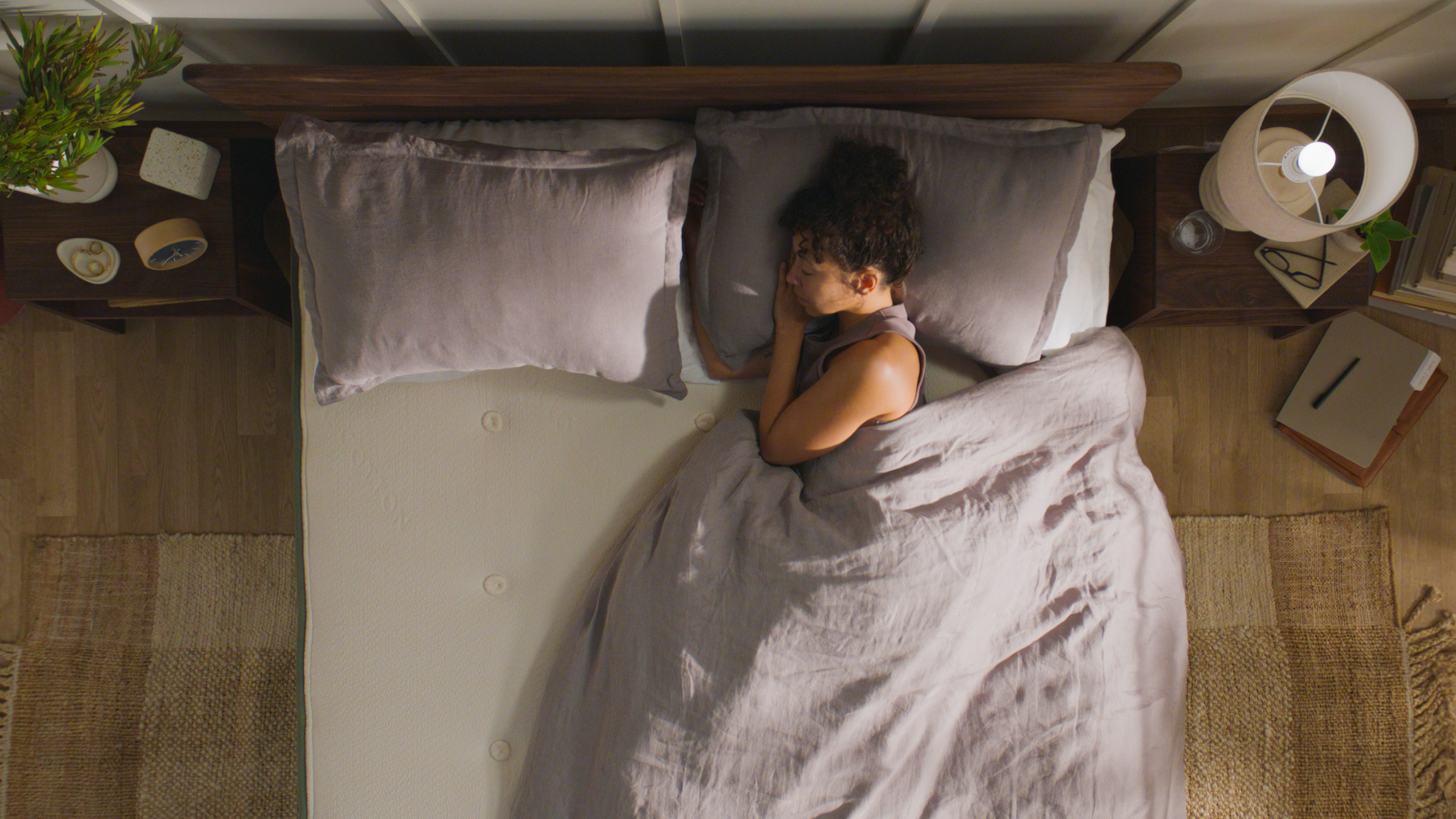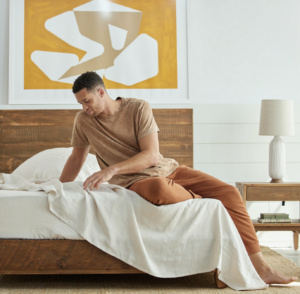When I first learned that our bodies become temporarily paralyzed when we cycle into REM sleep and dreamland, I’m not going to lie, I was a little frightened by this idea. Don’t get me wrong, I love Halloween and all things spooky, but this wasn’t something I was into, I mean, who would be? Fears aside, I dove deeper into the science behind this apparently very natural stage of sleep, and it all made a lot more sense.
Now, before you go down that same rabbit hole of “I’m never sleeping again to avoid temporary paralysis,” let me save you from the spiral. I know it sounds terrifying, but what’s really happening is one of the body’s most fascinating survival mechanisms.
Let’s Start With the Cycles of Sleep
Before we can understand sleep paralysis, we need to first understand what’s supposed to happen when we sleep. As we sleep, our brains cycle repeatedly through two different types of sleep: REM, or rapid-eye movement sleep, and non-REM sleep. On a typical night, we may cycle through these stages four to five times.
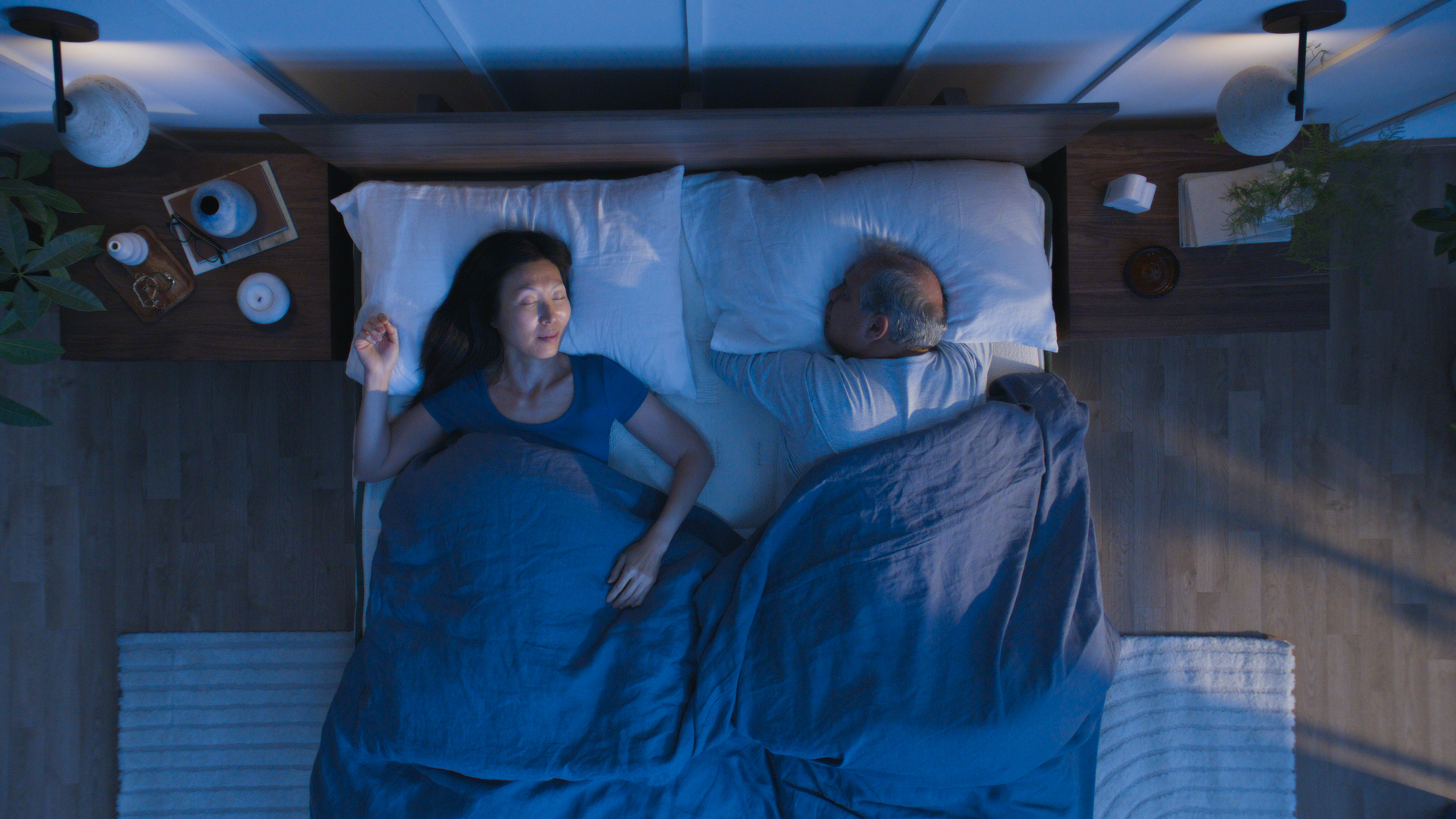
Read More: Why Natural Materials Sleep Cooler Than Synthetics
Non-REM sleep has four stages:
- Stage 1: Drifting Off: The transition between wakefulness and falling asleep.
- Stage 2: Light Sleep: Our body starts to slow down. Our heart rate and our breathing begin to regulate, and our body temperature drops.
- Stage 3: Deep Sleep
- Stage 4: Deep Sleep
As our bodies then cycle into REM sleep, our eyes move fast behind our closed lids, and our brainwaves are similar to what they are when we’re awake. At this stage, our breathing rate increases, and our body is temporarily paralyzed as we dream, creating a “lock down” effect to protect us from acting our dreams out or worse, causing an injury.
What is Sleep Paralysis, Really?
According to the Sleep Foundation, it’s defined as “a brief loss of muscle control, known as atonia, that happens just after falling asleep or before waking up.” It’s linked to REM sleep and is considered parasomnia, or an abnormal behavior during sleep.
As we clarified above, REM sleep involves vivid dreaming with that brief loss of muscle control, both of which typically end upon waking up so we aren’t ever really aware of this inability to move.
However, these feelings can bleed into a state of being awake. Essentially, your body is between stages of sleep and wakefulness and you can’t move your body, aka sleep paralysis. This can last a few seconds or up to 20 minutes. And an estimated 30% of people around the world have encountered at least one sleep paralysis experience. Symptoms can range from:
- Inability to move arms or legs
- Unable to speak
- Sensations of chest pressure or moving out of your own body
- Hallucinations
- Daytime sleepiness

Read More: Nature’s Touch: Enhancing Sleep Quality Through Biophilic Design
Why: The Glitch Between Sleep Stages
Now, before you vow to never sleep again, understanding why sleep paralysis happens can actually help you prevent it. While the exact cause of sleep paralysis is unknown, researchers believe it occurs when your body and brain fall out of sync as you move between stages; causing your mind to wake up before your muscles do.
Certain factors make you more likely to experience this “glitch” between dreamland and wakefulenss, especially if you’re already experiencing:
- Narcolepsy: excessive daytime sleepiness (EDS)
- Sleep deprivation: not getting enough rest or sleep
- Irregular sleep schedules: frequent travel or work shifts
- Obstructive sleep apnea: interrupted breathing during sleep
- Mental health considtions: such as, anxiety, post-traumatic stress disorder (PTSD), bipolar disorder or panic disorder
- Substance use disorder (SUD)
Basically, anything that disrupts your normal sleep rhythm or increases stress on your body can heighten your risk of experiencing sleep paralysis. But, the good news is that a steady restorative sleep routine and a few small adjustments can keep your REM cycles running smoothly and keep those midnight frights at bay.
Tips for a Deeper (and Stable) Sleep Cycle
Here’s your anti-glitch toolkit for a more restful night’s sleep.
- Mattresses
- Start with the foundation, like a supportive mattress that keeps your spine aligned and minimizes any chance of restlessness.
- Opt for organic, breathable materials like natural latex and cotton to steady your body temperature.
- Bedding
- Optimize your sleep space best suited for you. Think: what will feel the most cozy and comfortable for a good night’s rest?
- Lightweight, breathable sheets and comforters made from natural fibers allow your body to regulate temps naturally, so fewer night sweats and wakeups. Win-win.
- When it comes to finding the right bedding for you, opt for organic cotton, natural linen or wool throws.
- For pillows, be sure to opt for something that’ll give you enough support and rest for your head. Avocado’s Green Pillow is adjustable so you can make it more or less firm at your leisure.
- Temperature
- Your body temperature naturally drops as you fall asleep.
- Try to keep your bedroom temp at the sweet spot of 65 and 68 degrees Fahrenheit.
- Keeping your bedroom cool also signals to your body it’s time to rest.
- Routine
- If you can, try to create a consistent bedtime and wake time and make sure you’re getting enough sleep. Most of us need seven to nine hours of sleep per night.
- Avoid caffeine, alcohol and large meals close to bedtime.
- Limit screentime at least 30 to 60-minutes before heading to sleep.
- Blue light can trick your brain into thinking it’s time to stay awake while also limit or delay your body’s melatonin production making it more challenging to fall asleep or stay asleep.
Together, all of these small adjustments can help smooth out your sleep transitions, making those eerie half awake moments far less likely.
The Not-So-Scary Truth
If you ever wake up feeling frozen, remember: it’s temporary, harmless, and simply your body bridging dreamland and daylight. Focus on moving one part of your body like a finger or toe to ease your body into wakefulness.
Sleep paralysis may sound spooky, but it’s an awareness that your sleep cycle is doing exactly what it’s supposed to. Let this be an invitation to audit your wind-down routine, lifestyle, and sleep habits, so you can truly support your body-mind system for a more stable sleep cycle.
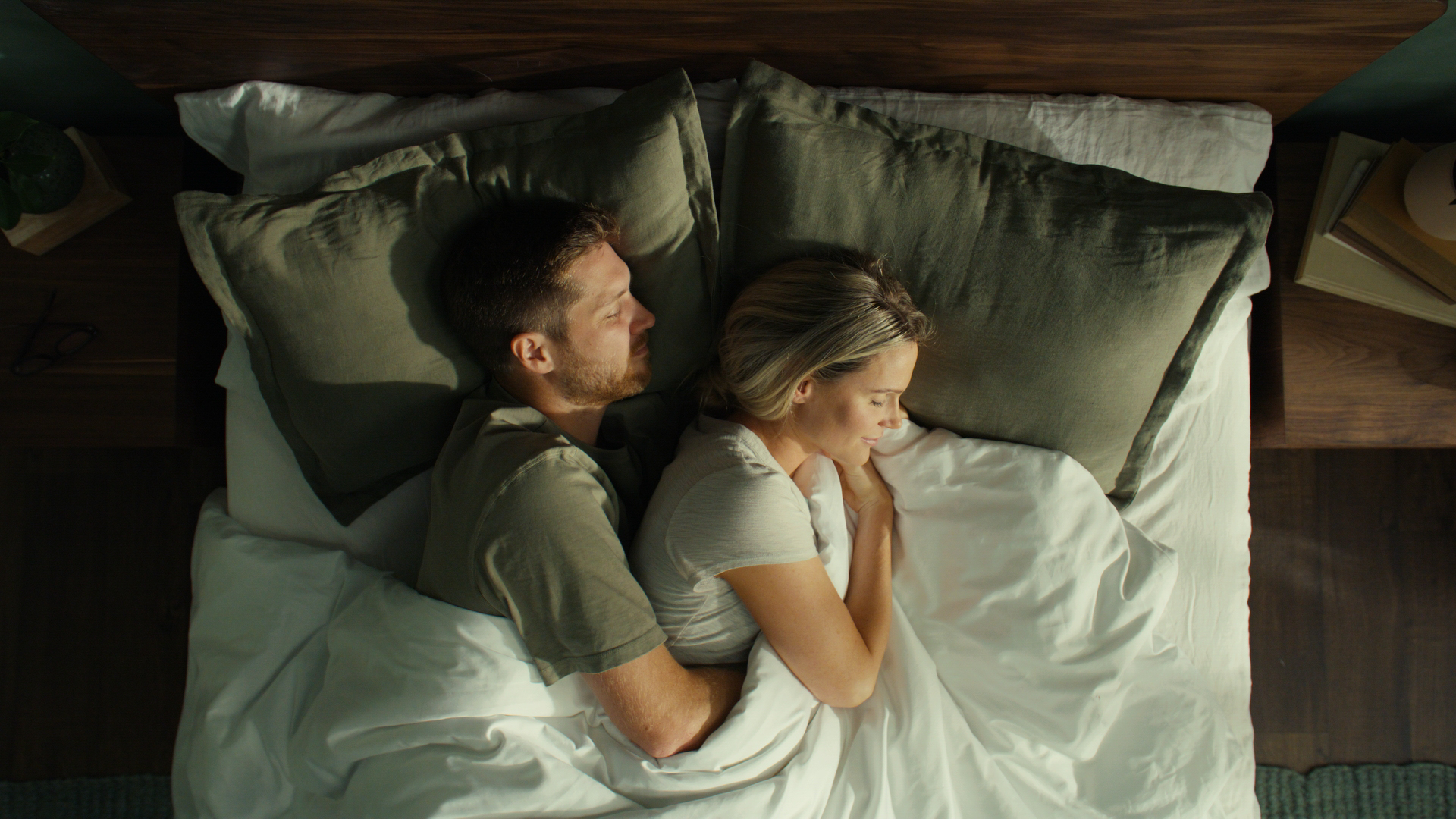
Read More: Spooky Stress: Why We Love Being Scared (and How to Calm Down After)
Have feedback on our story? Email [email protected] to let us know what you think!
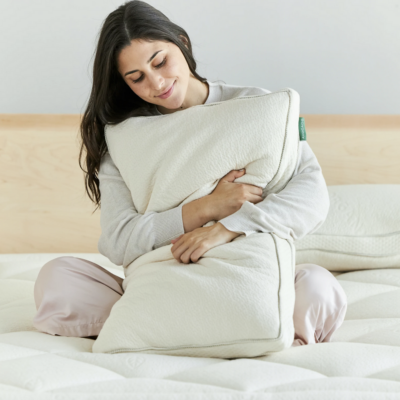
Shop Pillows
The Essential Organic Pillow Collection
Gentle, breathable, non-toxic support.




